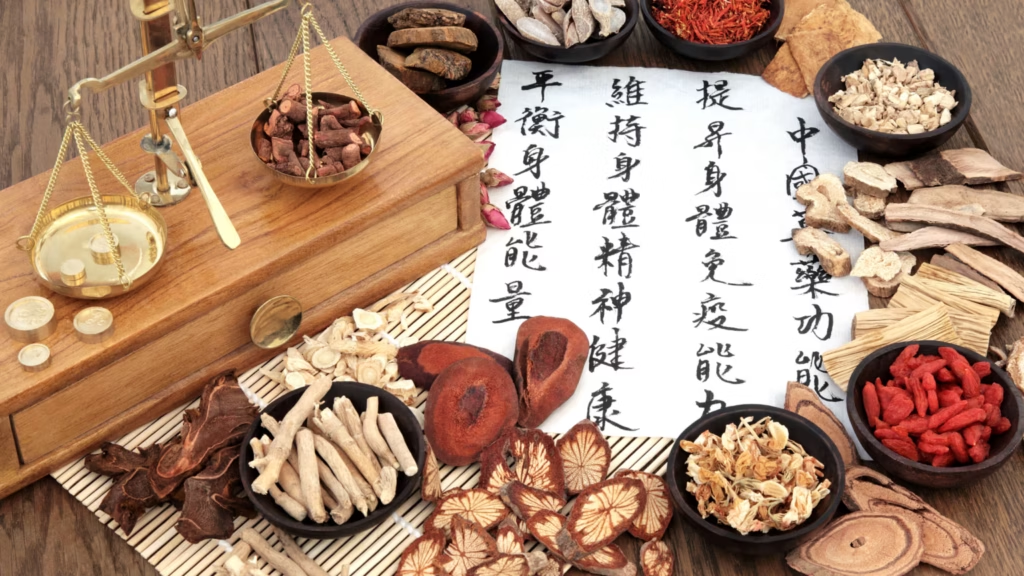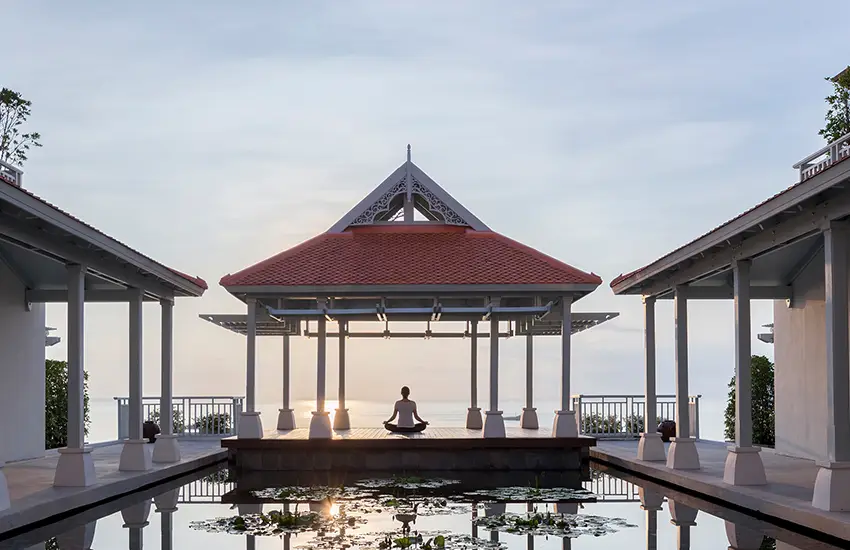Wellness, a concept deeply embedded in today’s health-conscious culture, has a history that spans thousands of years. From ancient healing traditions to the modern global movement, the pursuit of holistic well-being has been a cornerstone of human civilization. This article explores the fascinating evolution of wellness, highlighting how different cultures and eras have contributed to our understanding of health and harmony.
🌿 Ancient Beginnings: The Birth of Holistic Health
Thousands of years ago, wellness was interwoven with spirituality, nature, and community. Civilizations such as Ancient Egypt, China, and India practiced early forms of medicine that combined physical, emotional, and spiritual healing.
- In Traditional Chinese Medicine, balance between yin and yang guided practices like acupuncture and herbal remedies.
- Ayurveda, developed in India over 3,000 years ago, promoted harmony through diet, movement, and cleansing rituals.
- The Ancient Greeks emphasized exercise, clean eating, and mental clarity, establishing early links between physical fitness and mental well-being.
These traditions laid the groundwork for what we now call holistic wellness.
🌍 Wellness Across Cultures
Throughout history, diverse cultures have embraced wellness in unique ways. Indigenous communities relied on plant-based healing, ritual ceremonies, and communal support. These global practices, though different in form, shared a focus on balance—between body, mind, spirit, and environment.
Rather than framing these traditions as unfamiliar or unusual, we recognize them as rich cultural expressions of health and healing. Today, many of these practices are respectfully incorporated into modern wellness programs, reflecting the global heritage of well-being.
💡 The Enlightenment and Medical Advancements
During the Enlightenment, science began to dominate the conversation around health. Breakthroughs in medicine shifted attention from spiritual healing to biology and anatomy.
Yet even as modern medicine advanced, people continued seeking balance through non-medical practices. The rise of spa culture in 18th-century Europe, for example, promoted water therapy, rest, and connection with nature.
This blend of science and self-care would become a cornerstone in the ongoing evolution of wellness.
🛁 The 19th Century: Industrialization and the Search for Balance
The 19th century brought dramatic changes to daily life. As industrialization spread, urban environments grew denser, work became more demanding, and public health challenges emerged. In response, new wellness movements began to take shape.
- Hydrotherapy and nature-based retreats gained popularity across Europe, offering rest and detoxification far from polluted cities.
- The sanatorium model introduced structured environments for healing, combining fresh air, rest, and natural therapies.
- Reformers promoted clean living, vegetarian diets, and physical activity as antidotes to the stresses of modern life.
These efforts reflected a growing awareness: even in an age of machines, human wellness required connection to nature, routine, and intentional care.

Wellness in the 19th Century: Reviving Natural Healing and Lifestyle-Based Health Practices
🌱 The 20th Century: Wellness Goes Mainstream
In the 20th century, wellness expanded beyond the elite and became a widespread pursuit.
- The fitness boom of the 1970s and 80s brought aerobics, running, and yoga into living rooms.
- Nutrition, mental health, and stress management gained attention as essential to a well-rounded life.
- Holistic practices from around the world became more accessible, encouraging a broader understanding of health.
By the late 1990s, the term “wellness” emerged as a powerful lifestyle concept—not just an absence of illness, but the presence of vitality and purpose.
✈️ Modern Wellness: Global Travel, Technology & Integration
Today, wellness is a multi-trillion-dollar industry that continues to evolve. Travelers seek out health retreats, spa getaways, and medical tourism opportunities that combine rest, healing, and adventure.
- Wellness tourism invites people to explore new environments while restoring balance.
- Digital tools and wearable tech help individuals track health goals, sleep, and stress levels.
- Workplaces now promote wellness programs to support mental and physical health.
At its core, this movement reflects a desire to reconnect—with ourselves, our communities, and the natural world.
🌐 Learn more about our wellness travel destinations and how we make your journey to well-being easier and more meaningful.

Wellness in the 21st Century: A Global Movement Spanning Mind, Body, and Environment
🔁 A Continuous Journey
The evolution of wellness is far from complete. As global challenges reshape our lives, the definition of well-being continues to expand. What remains constant is our universal desire to feel better, live longer, and find meaning.
Whether through ancient wisdom or modern innovation, wellness connects us across time and cultures. It’s a journey—and one worth sharing.
📖 Interested in global wellness trends? Visit the Global Wellness Institute for more insights.




